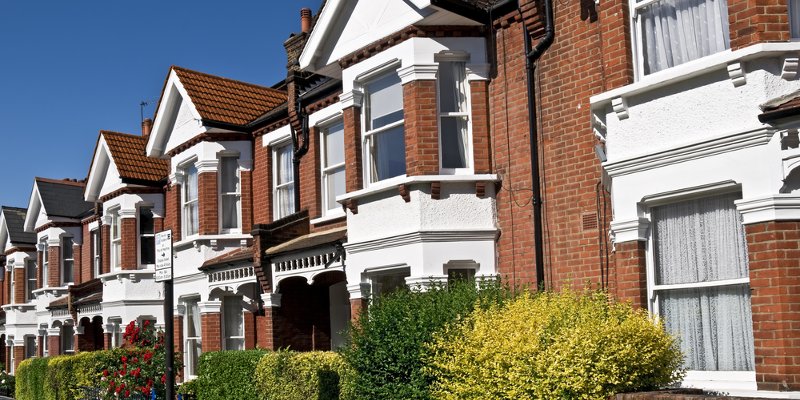House prices rose modestly in August, up just 0.1%, putting a stop to consistent falls seen every month since March, The Your Move House Price Index has found.

House prices rose modestly in August, up just 0.1%, putting a stop to consistent falls seen every month since March, The Your Move House Price Index has found.
Annual price increases, by contrast, remain steady, holding at 1.8% for the third month in a row. That’s up from a 1.7% annual increase in May, but a fall from 3.8% in January and 4.5% last August. The 1.8% increase is significantly below inflation of 2.3% (CPI), meaning real-terms falls.
Oliver Blake, managing director of Your Move and Reeds Rains estate agents, said: “The slower market should help ease the affordability challenge faced by many buyers.
“Even in London, where an average increase was recorded over the month, homes in most boroughs are significantly cheaper in real terms than they were this time last year.”
The average home in England and Wales is now worth £303,199, up £5,300 on the previous year. London posted an annual price increase of 3.6% in July. The West Midlands, East Midlands and North East also all continue to record rises above inflation.
The South East, where growth is weakest, nevertheless saw its annual growth increase in July, bucking the trend nation-wide.
Broadly, though, the market is flat across regions, and transactions are low – down 0.1% in August compared to July with an estimated 79,900 completed. Annually they are estimated to be down 4% on the same period in 2017, and at their lowest in five years.
The real-terms fall in prices in many regions is likely to help first-time buyers, however, and many expect these to be the dominant players in the market this year. Housing related announcements expected in November’s Autumn Budget may also offer more help.
Outside London, the top regions for growth remained unchanged in July, with the West Midlands up 2.9% annually, East Midlands up 2.7% and North East up 2.6%, topping the table.
The West Midlands conurbation saw prices up 4.7% – among the strongest growth of any unitary authority area.
Other strong performers include Tyne and Wear (up 4.8%) and Darlington (up 4.4%) in the North East; and, to a lesser extent in the East Midlands, with prices in Leicestershire up 3.7% annually
They are all put in the shade, however, by surging prices in some lower performing regions. These include: Bournemouth, up 6.4% against 1.2% for the South West region as a whole; West Berkshire, bucking the trend in the South East (where growth is just 0.2%) with a 12.7% annual price rise; and Monmouthshire, already the most expensive local authority area in Wales, topping the table.
With overall prices up 14.0% annually (against 2.1% for all of Wales), the average price paid for a detached home in the area has risen £60,000 from £325k in July 2017 to £385,000 one year later.
The South East, with the weakest growth, also saw the biggest drop over the year, in Slough, where prices are down 6.6% annually.
That is largely a result of a lack of new build homes in the data, with just one new build sale recorded at the Land Registry for the period between June and August, compared to 43 in the same period last year. This may change as the Land Registry figures for these months are updated.
Despite the relative slowdown across regions, the clear majority of areas still continue to grow, with almost three quarters showing annual increases in prices in the year to July
The capital started the year recording the biggest monthly fall in prices since the financial crisis, acting as a significant drag on the market. Now prices are up 3.6% in the year to July at £625,040. Some other areas also continue to see good growth.
Redbridge up 6.5% annually to £477,196; Kensington and Chelsea (still the most expensive borough with average prices of £1,834,640) is up 7.5% annually; Merton is up 10.1% to £659,305; and Lambeth is up 5.7% to £660,895.



